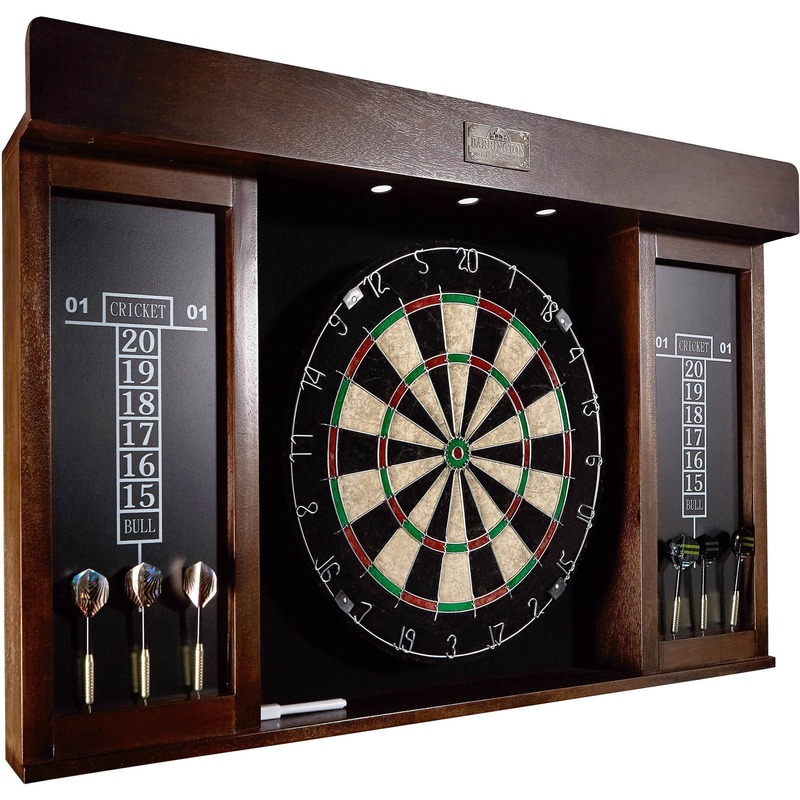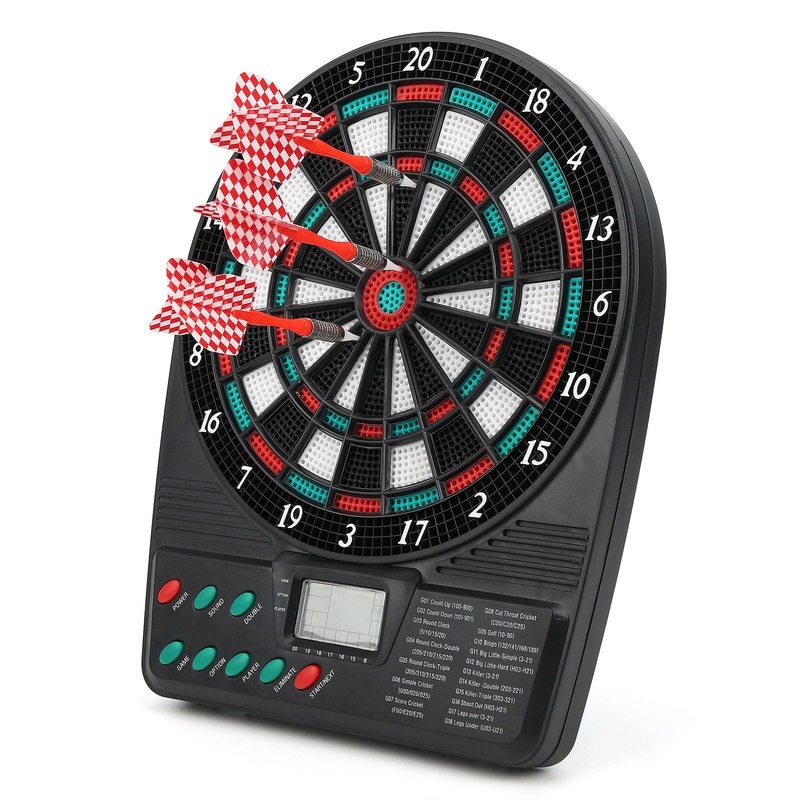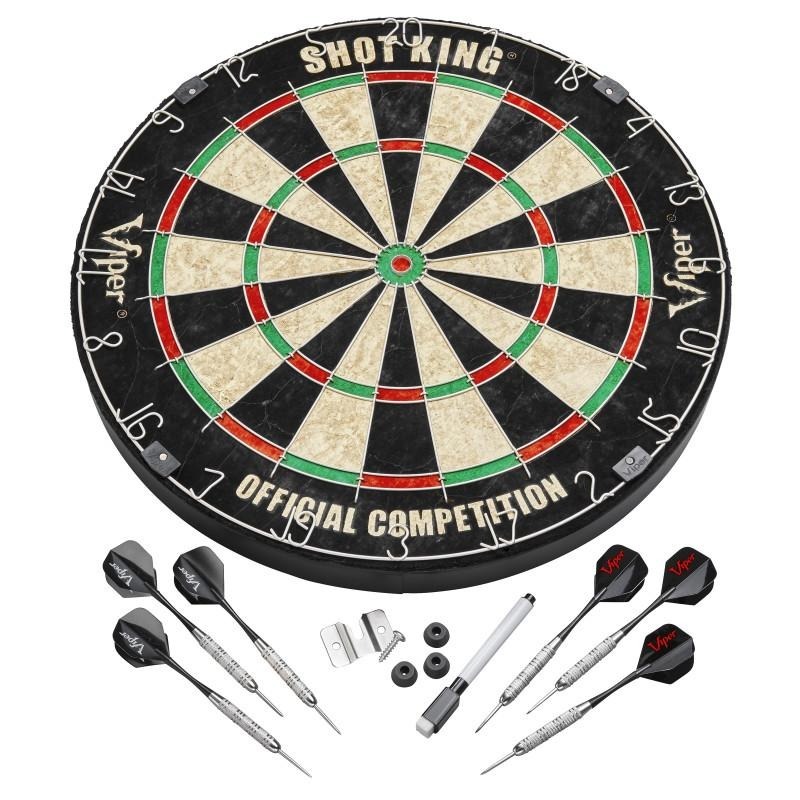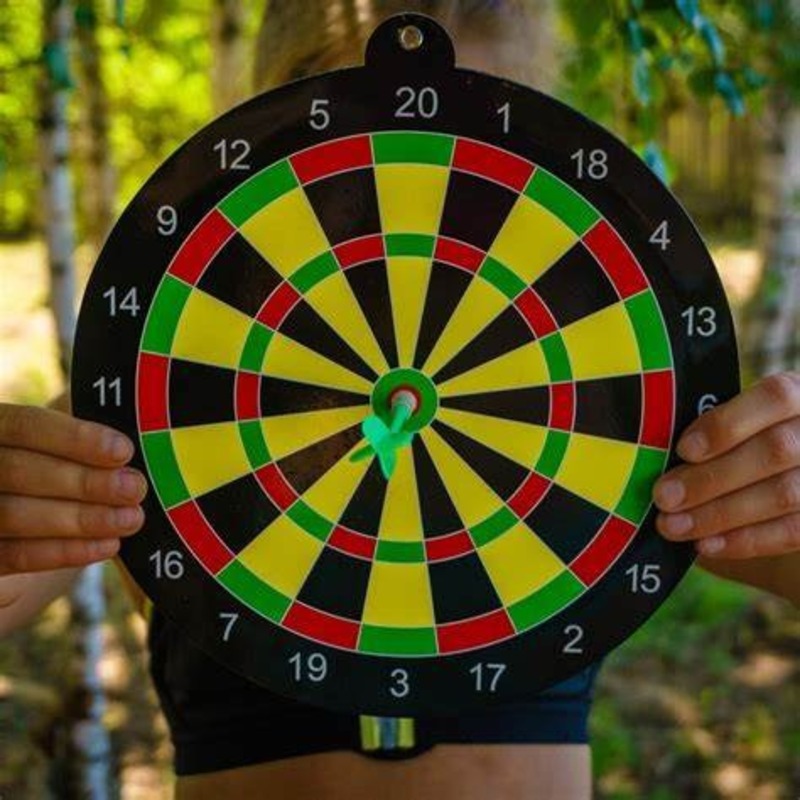Introduction
Darts is a captivating sport enjoyed in pubs, clubs, and competitive arenas all over the world. It has a rich history and a dedicated community of players. No matter where you find a dartboard, you will likely find laughter, friendly competition, and moments of pure joy. The game appeals to both hardcore competitors and casual players alike. However, to truly appreciate darts and enjoy playing, you must understand its core rules. Knowing the rules of darts not only helps in improving your gameplay but also enhances the overall enjoyment of the game.
Whether you’re new to the sport or someone who has played for a while but wants to refine your knowledge, this comprehensive guide provides the essential rules governing various darts games. We’ll explore equipment essentials, common game formats, scoring methods, proper etiquette, and strategies to become a better player. So grab your darts and let’s dive into the fascinating world of this beloved game!
The Basics of the Game
At its core, darts involves throwing small, pointed missiles (darts) at a circular target known as a dartboard. This section will lay out the fundamental components that form the backbone of the game.
Equipment and Setup
Dartboard
Understanding the layout of the dartboard is crucial for any player. A standard dartboard measures 18 inches in diameter and is divided into 20 numbered sections, each representing different point values. The numbers are arranged in a non-linear fashion to create a more challenging playing experience.
The board is further divided into two main scoring areas:
-
The Outer Ring (Single Score): Hitting this area earns single points equal to the number on the board.
-
The Inner Ring (Double Score): Hitting this area doubles the points. For example, hitting the double 20 scores 40 points.
At the center of the dartboard, you’ll find the bullseye, which is split into two parts:
-
Outer Bull (25 Points): The outer ring of the bullseye.
-
Inner Bull (50 Points): The small center of the bullseye, offering the highest score.
Darts
The darts themselves are typically made up of several components: a pointed tip (often steel or plastic), a barrel (the main body), a shaft (which connects the barrel to the flights), and the flights (the wings that stabilize the throw). Standard darts weigh between 18 to 26 grams, with 20 grams being a popular choice among players.
Choosing the right dart can greatly affect your performance. Beginners might want to start with a lighter dart, making it easier to learn the mechanics of the throw and develop consistency.

Dartboard Height and Distance
Correct setup height and distance are essential for optimal gameplay. The center of the dartboard should be positioned 5 feet 8 inches from the ground, aligning it with the average eye level. Players stand behind a throwing line, known as the “oche,” which is placed 7 feet 9.25 inches from the face of the dartboard.
Common Types of Darts Games
Darts encompasses various competitive formats, each governed by unique rules. This section will explore the most popular games, helping you understand their specific regulations.
1. 501
501 is the most widely recognized format, especially in competitive play. Each player starts with a score of 501 points, and the objective is to reduce this total to exactly zero.
Rules and Gameplay
-
Each player takes turns throwing three darts per round.
-
Players can hit any score to reduce their total, but they must finish their turn on a double. This means if a player has 32 points remaining, they must hit the double 16 to win the game.
-
If a player exceeds the score needed to reach zero (for example, scoring 5 points when they need 4), their turn “busts,” and their score resets to what it was at the beginning of that turn.
2. Cricket
Cricket is a strategic game that involves both scoring and closing numbers.
How to Play
-
Players aim to close numbers 15 through 20, as well as the bullseye. Each number must be hit three times to be closed.
-
Players score points by hitting closed numbers while their opponent has not yet closed them. For instance, if Player A has closed 20 and hits it while Player B has not, Player A earns points equal to the number of times they hit 20.
-
The game consists of several rounds until one player successfully closes all the required numbers while having a point advantage over the others.
3. Around the World
Around the World, also known as “Around the Clock,” is an excellent game for beginners and can often be played casually.
Gameplay Instructions
-
Players aim to hit each number on the dartboard in sequence, starting from 1 and progressing to 20.
-
Once a player successfully hits a number, they move to the next one. The first player to hit all numbers in sequential order is the winner.
-
This game emphasizes basic aiming and targeting techniques, making it a great starting point for newcomers.
4. Killer
Killer is a fun and competitive game typically played with a group.
Explanation of this Competitive Format
-
Each player is assigned a number, which they aim to hit three times to become a “killer.”
-
Once a player becomes a killer, they can throw at other players’ numbers while protecting their own.
-
The game continues until only one player remains, declared as the winner.

Rules of Darts
Knowing the rules of darts is fundamental for effective gameplay. This section covers the essential guidelines that govern the game.
General Rules
Players take turns throwing darts, aiming to reduce their score (in games like 501) or hitting the necessary numbers (in Cricket). The player with the highest score or the first to reach zero wins.
Turn Sequence
-
Each player has a turn where they throw a set number of darts, usually three.
-
After throwing, the score is recorded, and play moves to the next player.
-
If a player joins mid-game, they would normally wait until the next rotation to take their turn.
Scoring Rules
Points scored depend on where the dart lands.
-
The outer bullseye awards 25 points.
-
The inner bullseye always earns 50 points.
-
Hitting a single number earns the point value shown on the board.
-
Hitting a double means the score is doubled, and hitting a triple means the score is tripled.
Winning the Game
In 501, a player wins by reaching exactly zero on a double. In Cricket, the winning player is determined by closing all needed numbers and having a point advantage. Each game format has its victory conditions, making it vital to understand them before playing.
Scoring in Darts
An essential aspect of the rules of darts is scoring. Understanding how points are counted can significantly influence your gameplay and decision-making.
Dartboard Layout
The dartboard features a complex layout:
-
The board includes sections for numbers 1 to 20, as well as the bullseye.
-
The outer section of the board scores single points, while the inner sections represent doubles and triples.
Doubling Out
To finish a game like 501, players must hit a double. If you cannot finish, your score will return to what it was at the start of your turn.
-
Players should be strategic in their approach to the final scores, ensuring they aim for doubles that are most comfortable for them.
Understanding the scoring dynamics will improve your overall effectiveness in darts.

Darts Throwing Techniques
To be successful at darts, mastering proper throwing techniques is crucial. Here are some key aspects to consider:
Grip and Stance
Your grip directly impacts your throw and accuracy. Hold the dart lightly between your thumb and the first two fingers, ensuring a relaxed grip. Your stance should be stable and comfortable.
-
Position your dominant foot forward, aligning your shoulder with the dartboard.
Aiming Strategies
Aiming effectively involves focusing on your target and visualizing the dart’s path before you throw.
-
Maintain a consistent throwing motion for better accuracy. Many players benefit from finding a rhythm and keeping it steady.
Common Mistakes to Avoid
Several common errors can hinder performance:
-
Over-gripping the dart can lead to a lack of control.
-
Any significant change in posture while throwing disrupts consistency.
Practicing regularly helps solidify techniques and build confidence.
Darts Match Etiquette
Conduct and sportsmanship are vital components of darts. Good etiquette enhances the experience for everyone involved. Here are a few guidelines to consider:
Respecting Opponents
It’s essential to respect your opponents. Allow them to concentrate while they throw, and refrain from making any distracting noises or movements.
Silence During Throws
Always maintain silence when your opponent throws their darts. This courtesy allows all players the needed focus and concentration to perform well.
Proper Behavior in a Competitive Environment
Good sportsmanship is important, no matter the outcome of the game. Congratulate your opponents on their good throws or scores, regardless of whether you win or lose. Always maintain a positive attitude; this creates a more enjoyable atmosphere for everyone involved.
Conclusion
Understanding the rules of darts is essential for anyone looking to enjoy the game fully or compete at any level. With this comprehensive guide, from scoring rules and game types to throwing techniques and etiquette, you are well-prepared to engage in the wonderful world of darts.
Whether you are casually playing in the local pub or aiming for the championship title, these rules will help enhance your skills and enjoyment of the game. Now that you know the ins and outs of darts, it’s time to grab your darts, gather your friends, and get ready to play, compete, and have fun!
